Arabic Paleography
Description
Arabic scripts from the 9th to 20th centuries, using Christian Arabic manuscripts from Sinai and HMML’s collections.
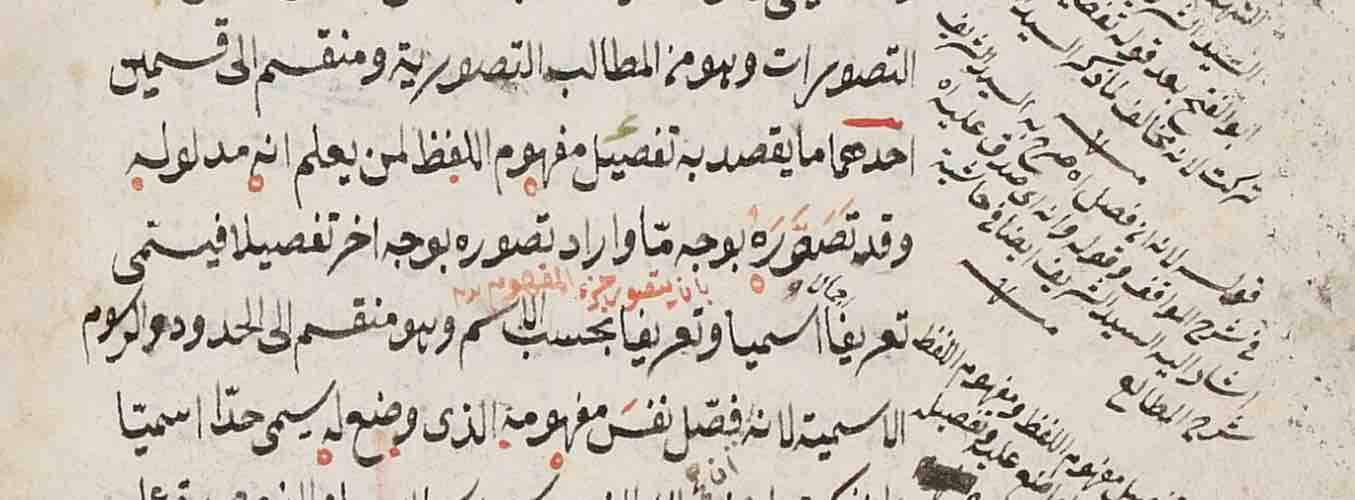
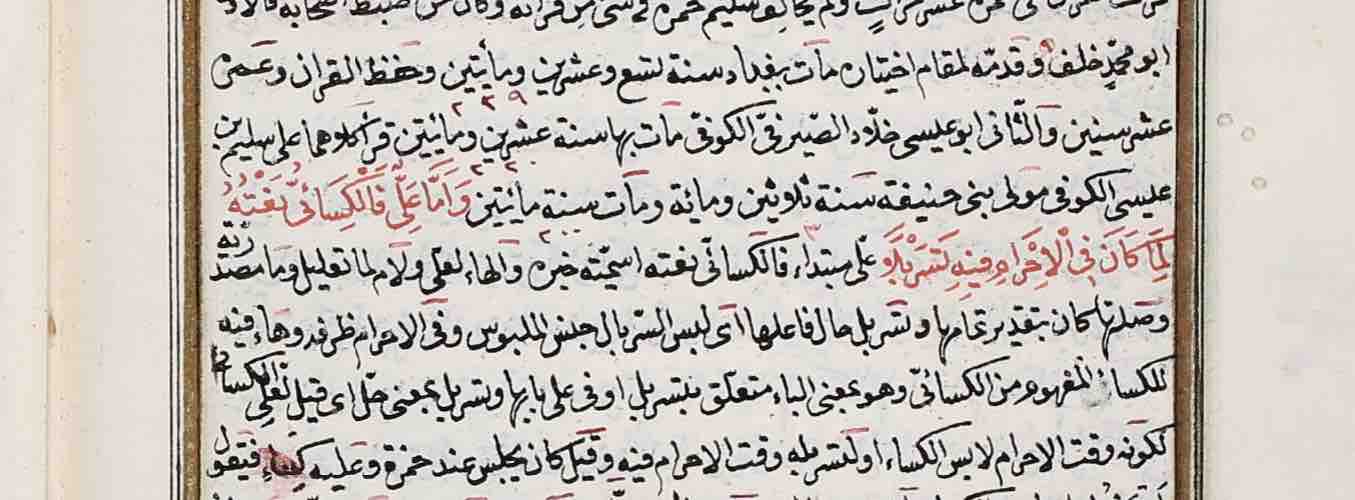
Basics
The origins and development of the Arabic writing system.
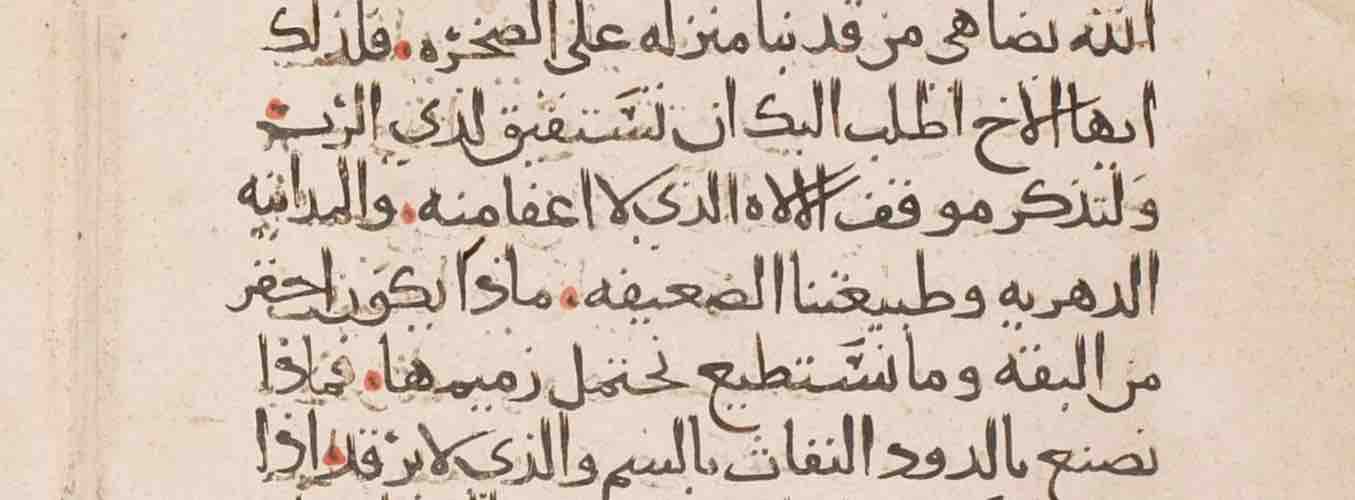
9th-10th centuries
Manuscripts from Saint Catherine’s Monastery, Sinai, among the oldest to survive.
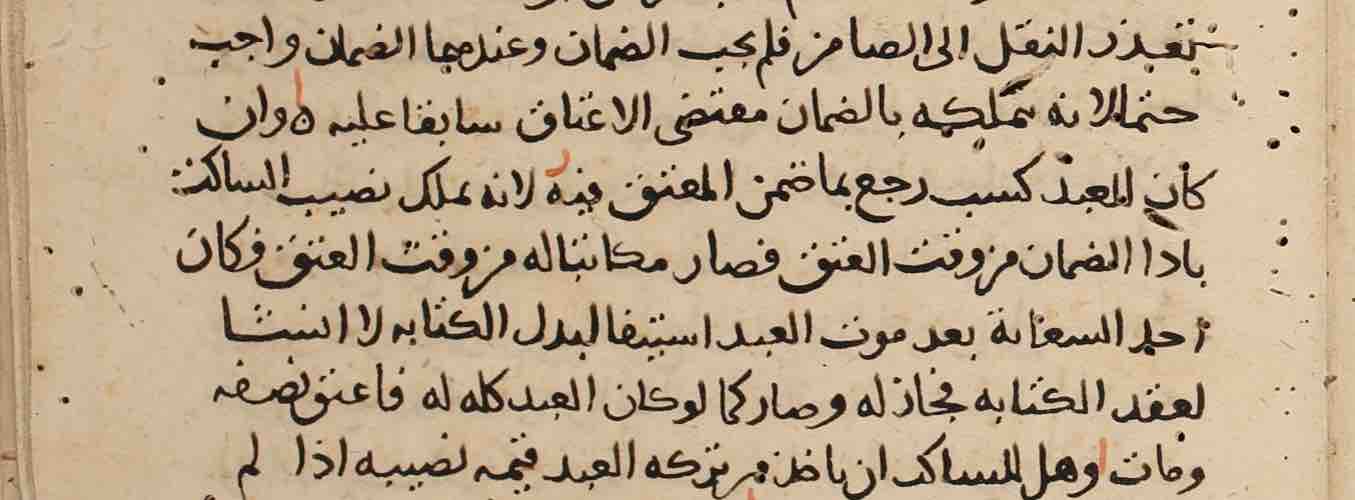
11th-13th centuries
The development of a standard form of Naskh script.
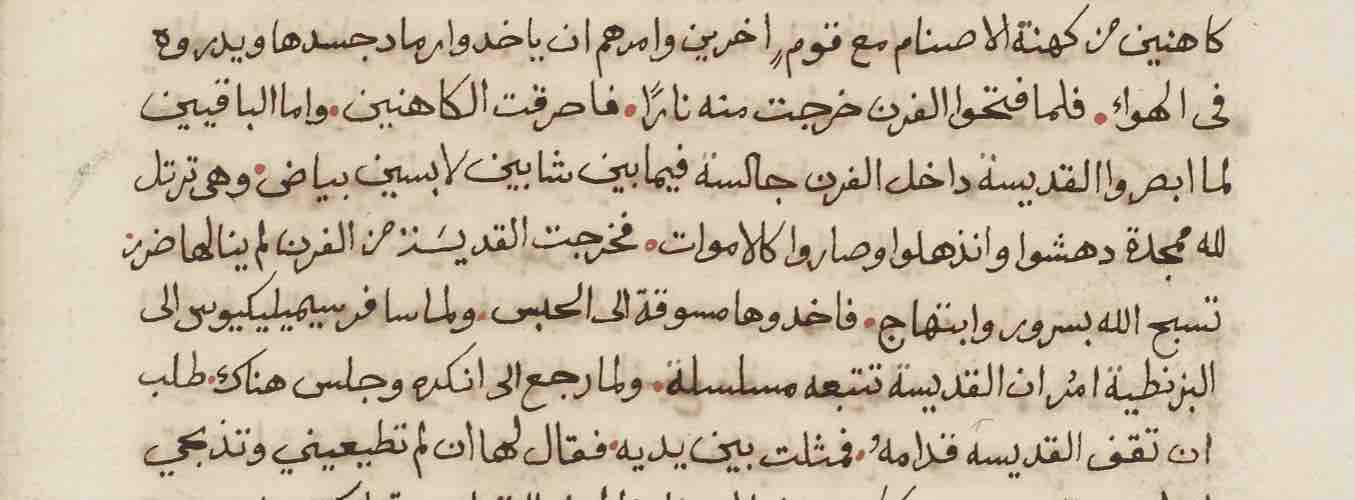
14th-16th centuries
Demonstrating variations in formality of script and position of letters.
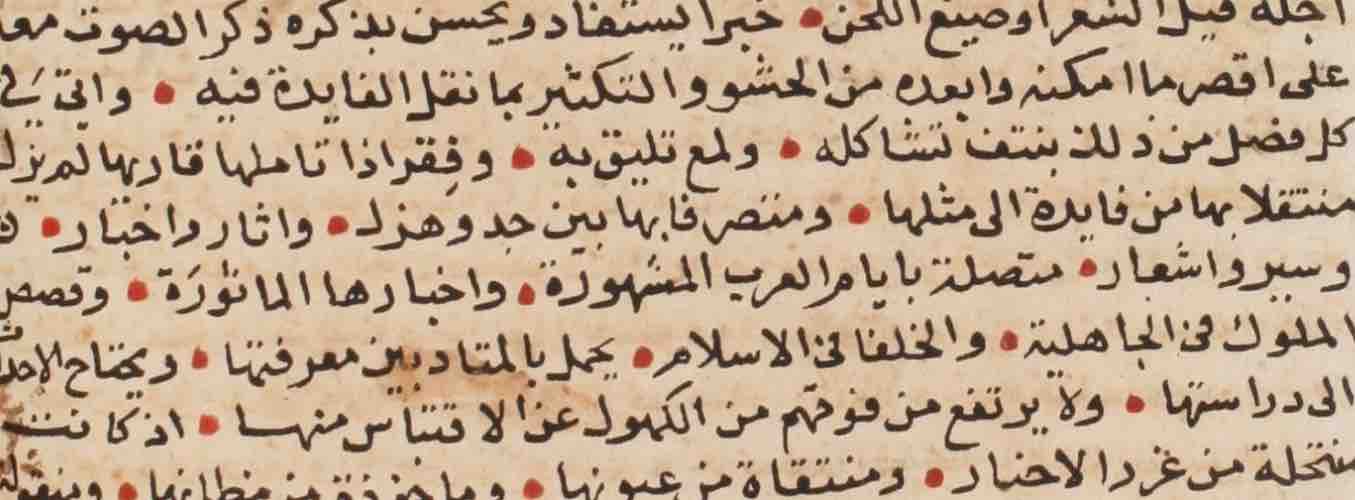
17th-18th centuries
More examples of variation and of more casual script-types used in colophons and notes.
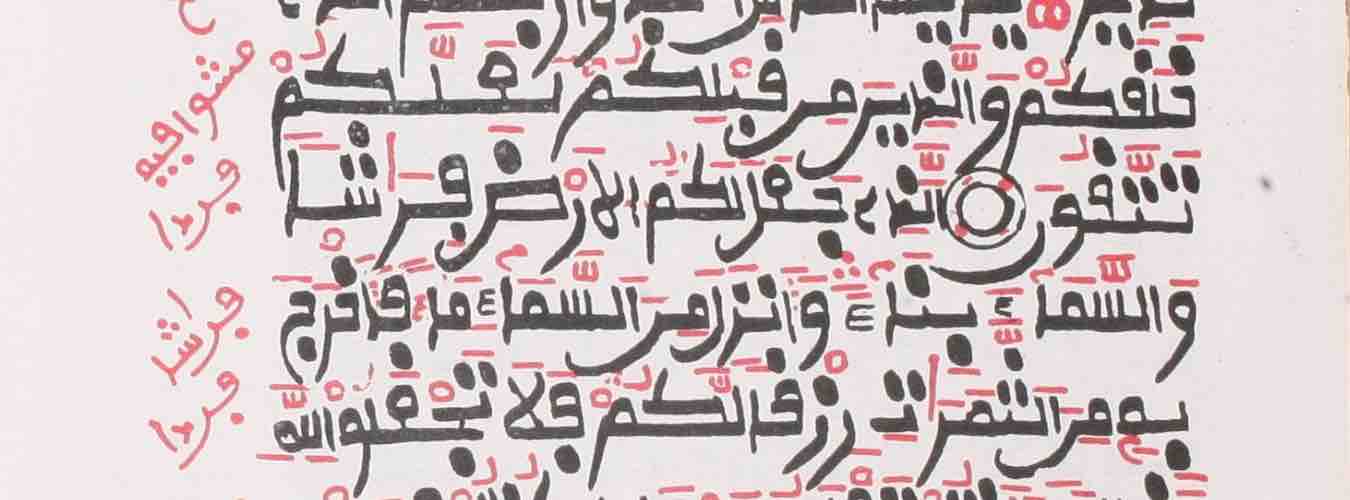
19th-20th centuries
A mix of informal and formal scripts, with many colophons and notes.